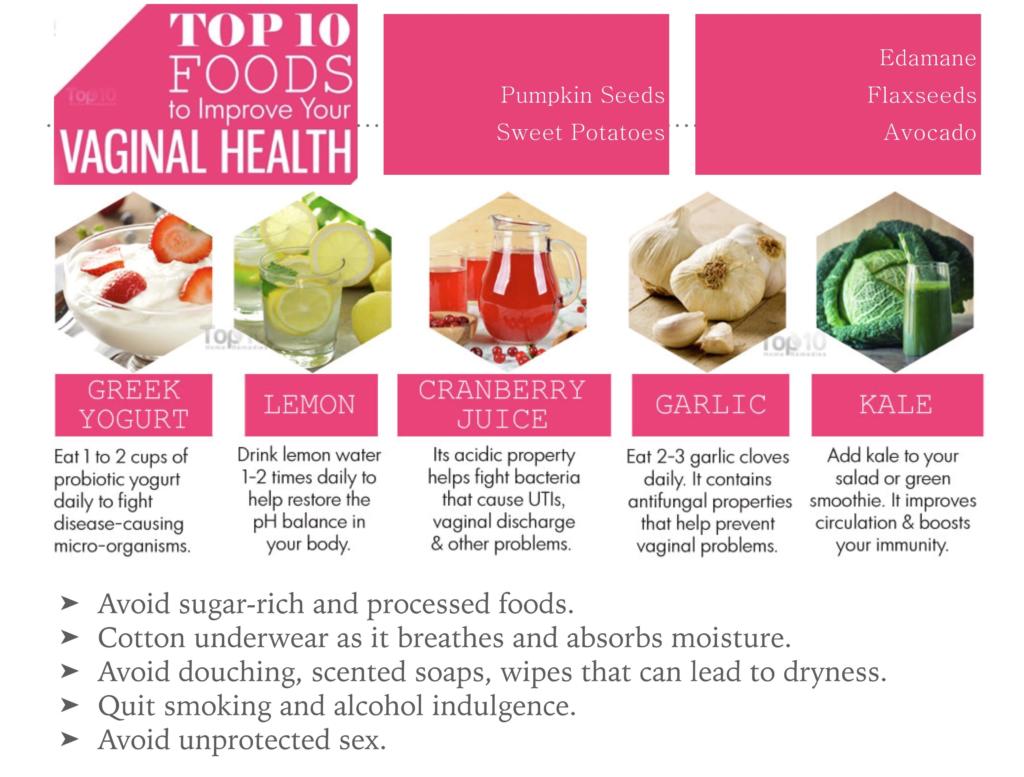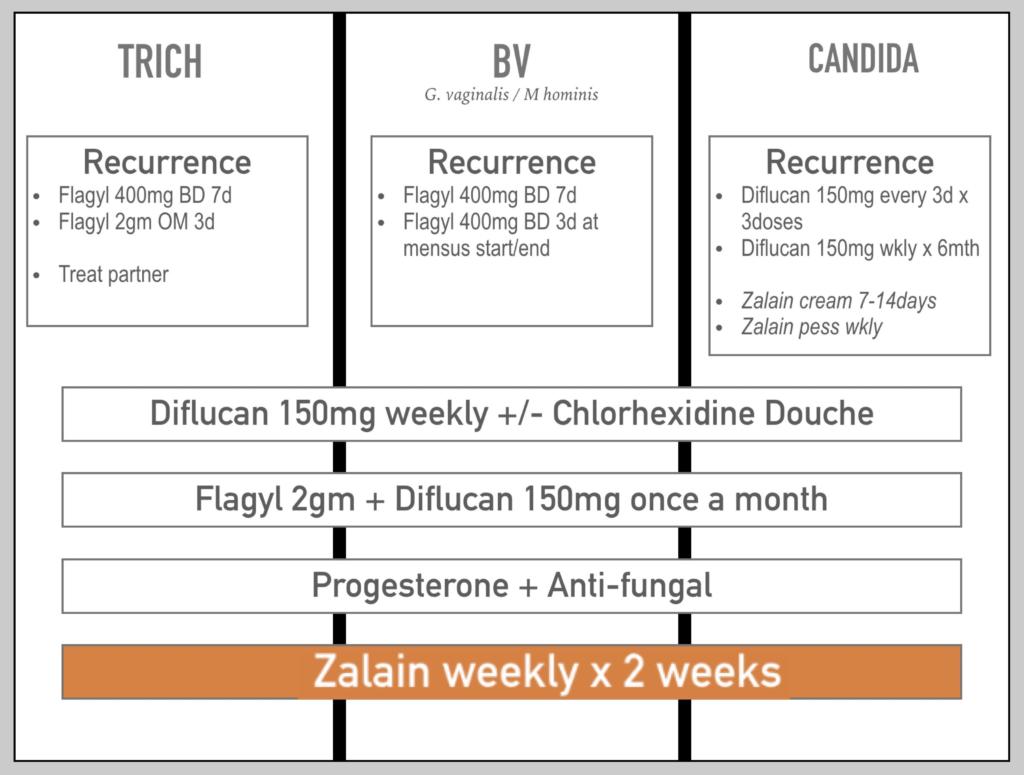Vaginal Discharge & Itch
Vaginal discharge and itch are poor predictors of sexually transmitted disease
Intractable vaginal discharge and itch can lead to psycho-sexual frustration and depression
Gillian Irving
The Healthy Vaginal Content
The healthy vaginal environment has an acidic pH with normal secretions that changes with the menstrual cycle. There are also more than 50 kinds of microbials and lactobacillus that keep the vagina healthy.
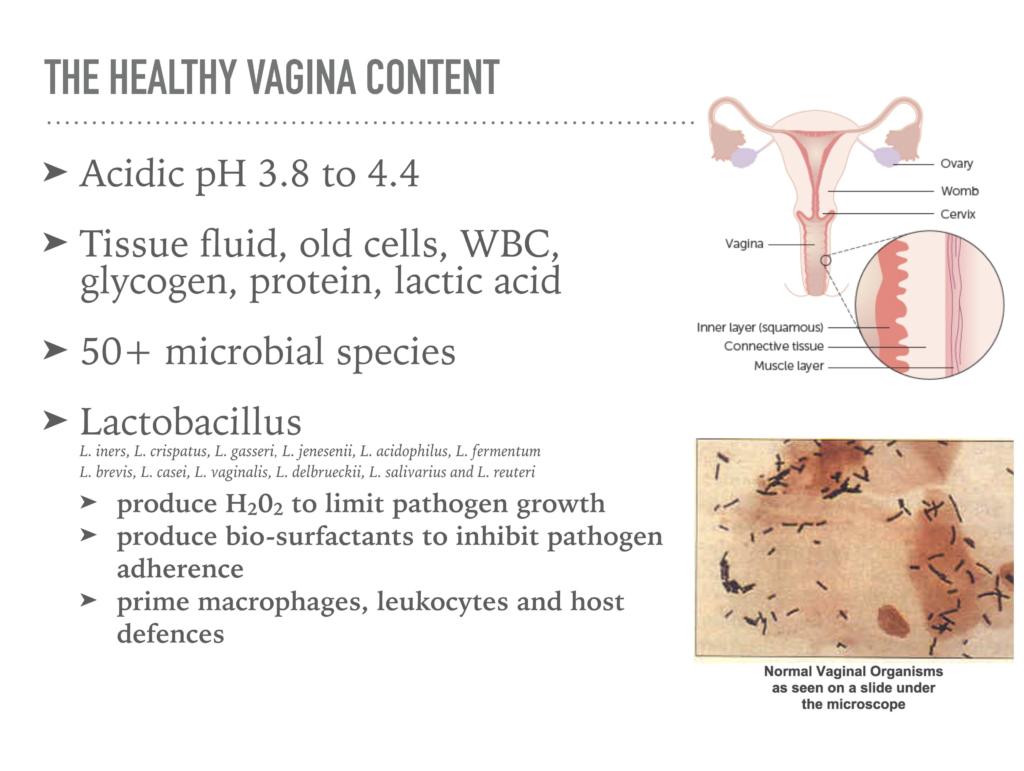
Normal Vaginal Discharge
The amount of vaginal discharge is different for each woman. It depends on your age, the time of your menstrual cycle and whether you are pregnant or not.
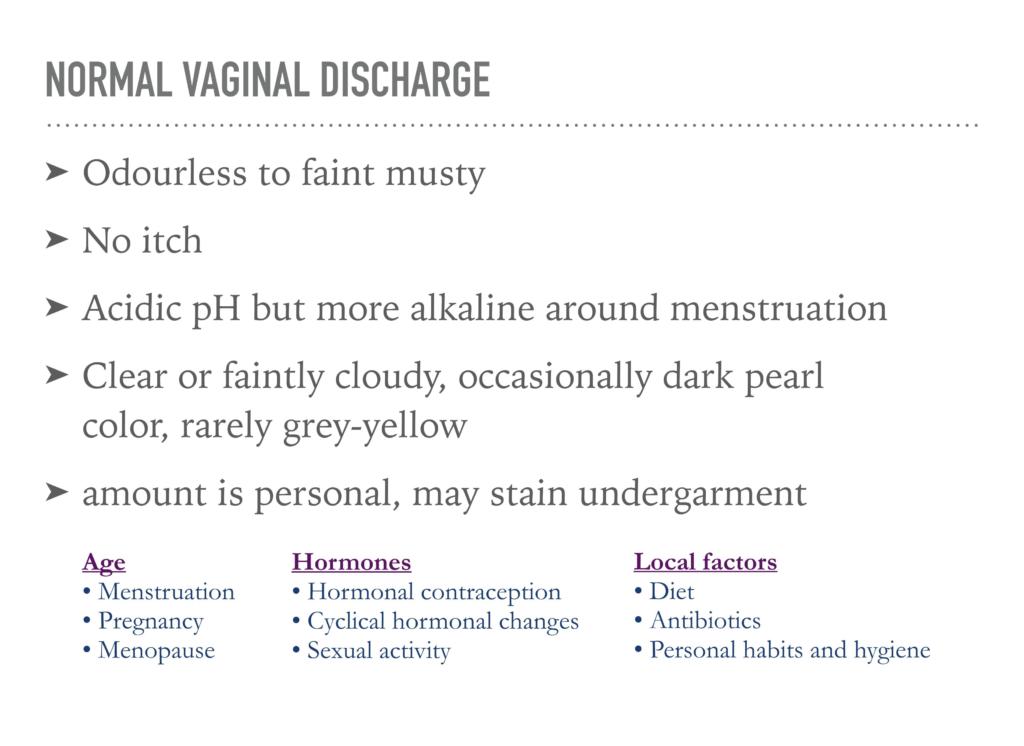
Is increased Vaginal Discharge a Sign of Infection?
Not all increases in vaginal discharge signify an infection. Vaginal discharge can increase in pregnancy and around ovulation. It can also increase if there are Nabothian Cysts on the cervix or if the cervix is larger with Ectropion.
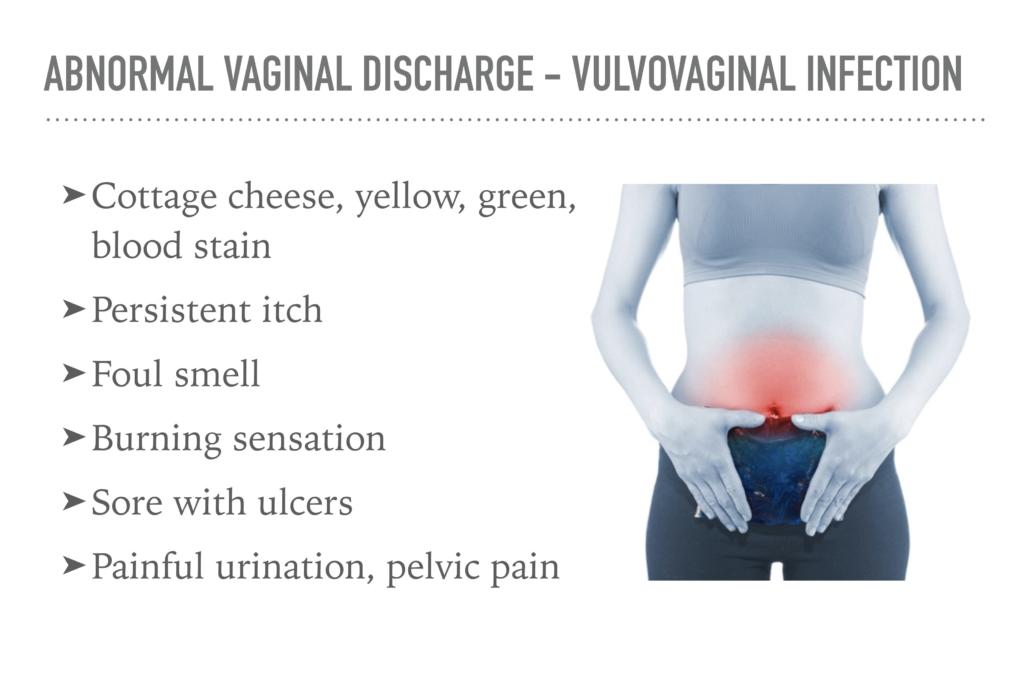
What are Common Infections with Increased Vaginal Discharge?
The common infections are
❖ Candidiasis
❖ Bacterial Vaginosis
❖ Trichomoniasis
These are not sexually transmitted disease and most women will experience one such infection in her lifetime.
Candidiasis is usually benign except when it keeps coming back.
Bacterial Vaginosis can cause pelvic infection after surgery.
In pregnancy, Bacterial Vaginosis and Trichomoniasis can cause late miscarriage and premature deliveries.
How is it Treated?
Candidiasis can be treated with anti-fungal medication. Sometimes long term treatment of 6 weeks or more may be required for recurrent cases. There is no need to treat your partner unless he has symptoms.
Bacterial Vaginosis and Trichomoniasis are effectively treated with Metronidazole. Treating your partner will be helpful in some cases.
What if the infection keeps coming back?
When the infection keeps coming back, in addition to requiring a longer treatment duration, optimizing the vaginal health and changing certain lifestyle habits may help.
